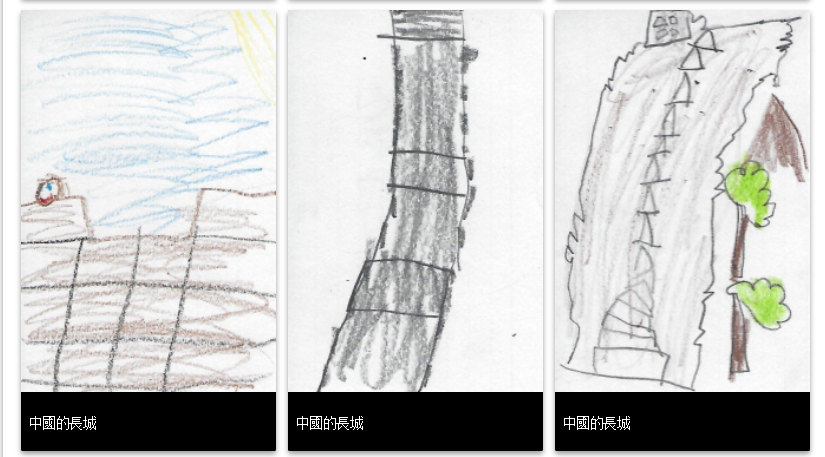This lesson is for : Grade 2:
Summary
This project was part of a quarter long interdisciplinary unit on plants, animals, habitats, and Native American regions. With the end goal of creating a museum to teach others about animals and habitats in mind, students embarked on a journey of questioning, researching, and creating. There was great enthusiasm in the process because they were going to be the animals in the exhibit! Using the knowledge that students learned through their research, they collaboratively worked in small groups to create artifacts of a specific habitat. Students planned, designed, and constructed a habitat that included an expository piece, food web, scientific illustration, realistic mask, and artifacts that met the needs of their animals. Multiple community members and resources were used to complete this project including online databases, internet sources, applications, and print materials. In conclusion, students reflected as a class on what worked and why, as well as areas that needed improvement for the next project-based study. We wanted this living museum to continue so we integrated Thinglink and had each student record their research using Audicity. Next, we mixed a photo of them from their museum night with the recorded track and created a video which was clear easy to understand. By creating an augmented reality recreation of the event we are providing an opportunity for students, family, and community members to continually learn from our studies.
TIPC Ratings
Research & Information Fluency
Rating: Ideal – Explanation: Students were able to perform at the Ideal/Target level because of their prior experience with researching in a highly structured setting. Therefore, they were able to transfer their skills to this independent research project. Students were given a variety of databases to procure information. They were also provided with a teacher created Symbaloo to find additional information where there were gaps in the databases. Students used Pixie to create their animal’s food webs.
Communication & Collaboration
Rating: Ideal – Explanation: Students collaborated in small groups to create products that represent their animals’ habitats and native regions. Students performed as an interactive museum exhibit for the K5 classes at Sandston, as well as the greater Sandston community after school. In addition, student work was uploaded on ThingLink. As a whole group, students reflected on their collaborative work.
Critical Thinking & Problem Solving
Rating: Ideal – Explanation: Students were presented with the challenge of designing a museum exhibit to teach guests about animal habitats and native regions. Students generated open ended questions that were purposeful to the creation of the end product. These questions could, in turn, lead guests’ learning by providing them with questioning sheets to use during their visit. Students reflected on their questioning and thinking to generate further questions to elaborate on their projects.
Creativity & Innovation
Rating: Ideal – Explanation: Using raw materials and art supplies, students collaboratively created habitats and masks based on their research. Students also took on the roles of their animals to teach guests about their behaviors.






